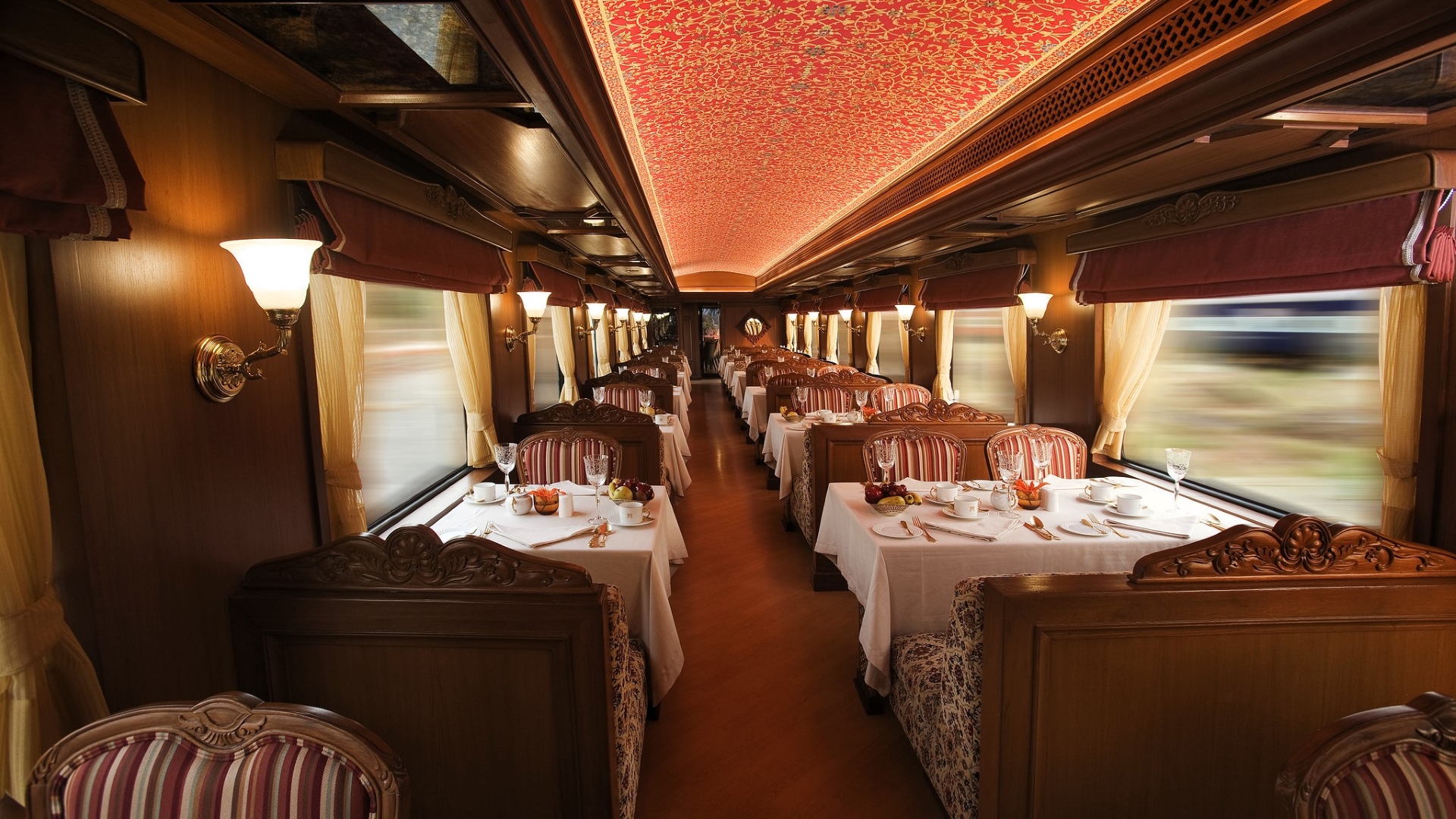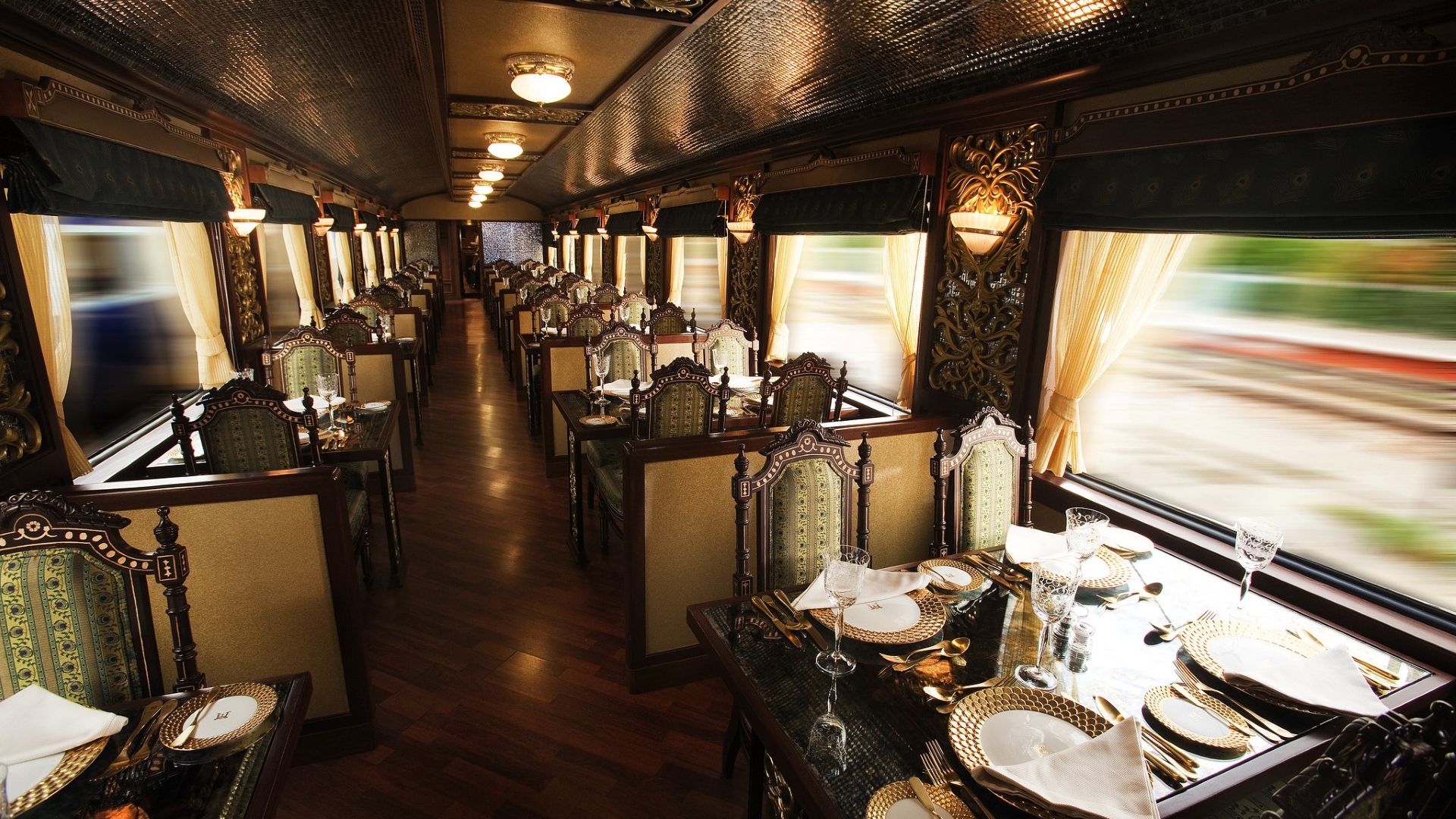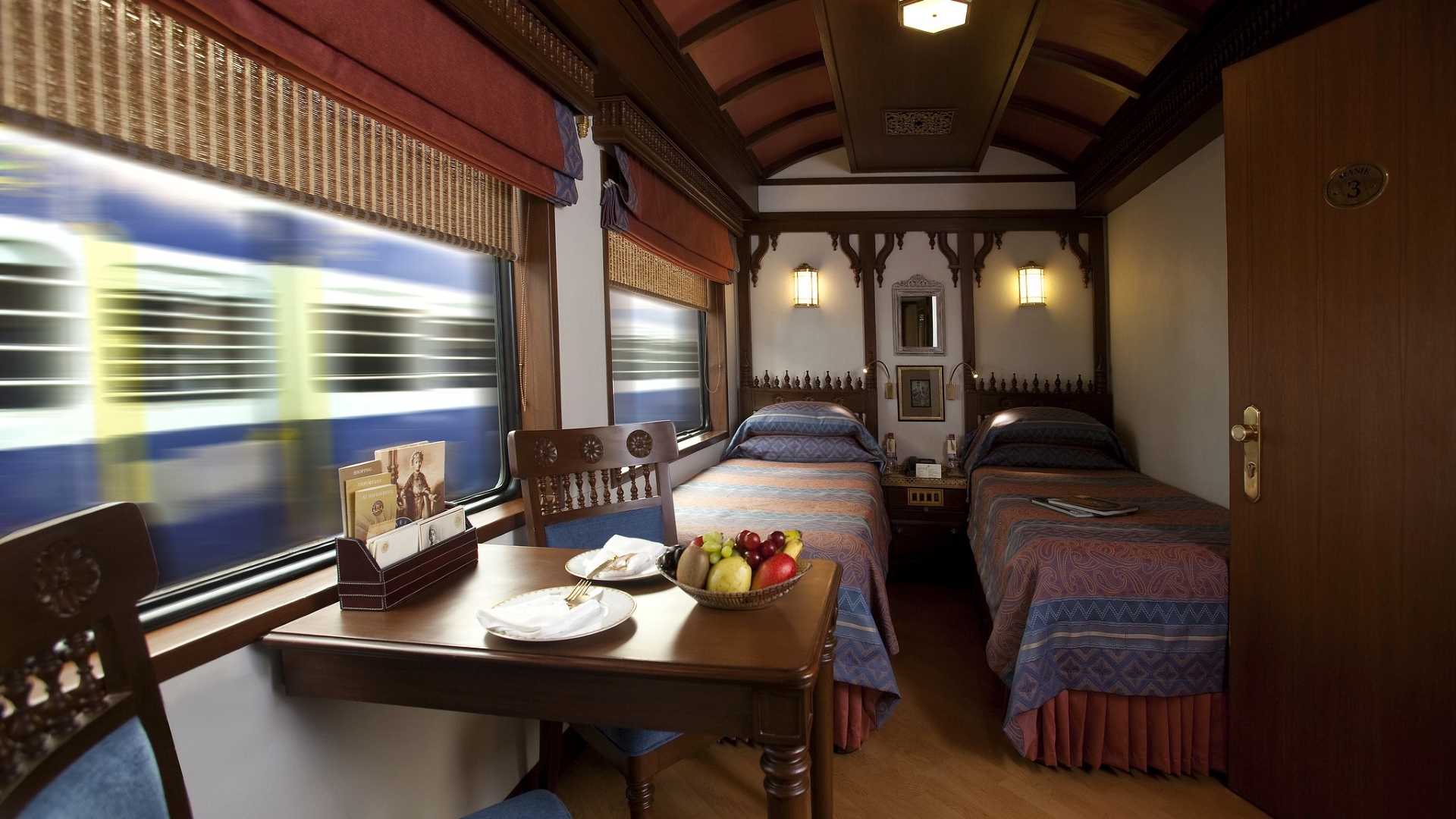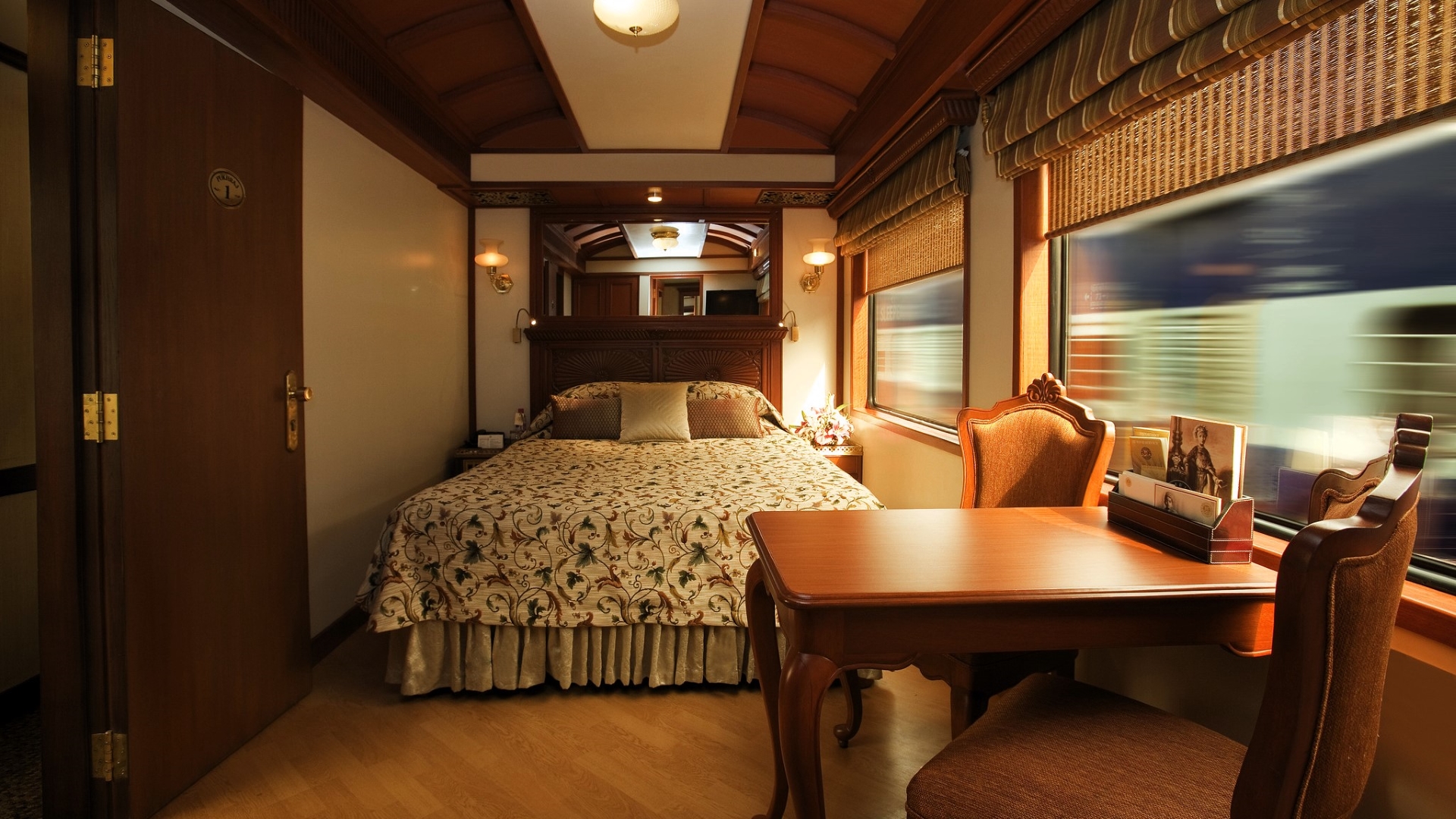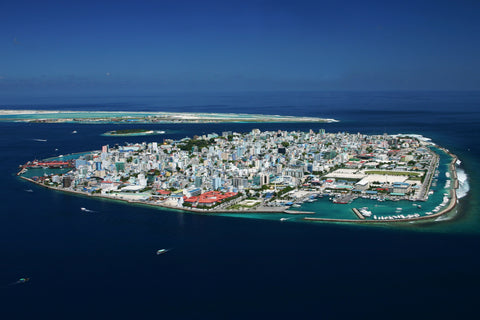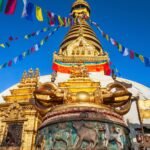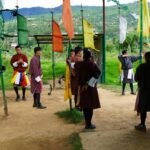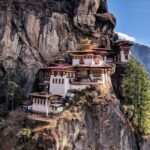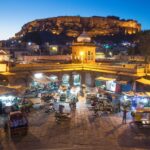Introduction
Nestled in the Eastern Himalayas, Bhutan is a land of mystique and wonder, where ancient traditions blend seamlessly with modern life. This blog post invites you on a cultural odyssey through the Kingdom of Bhutan, exploring its rich tapestry of religion, customs, and art. From the serene monasteries perched on cliffsides to the vibrant festivals that bring communities together, Bhutan offers a unique glimpse into a world where spirituality and daily life are inseparable.
The Role of Buddhism in Bhutanese Culture
Buddhism is not just a religion in Bhutan; it’s a way of life that shapes every aspect of Bhutanese society. The country’s spiritual heritage dates back to the 7th century when Buddhism was introduced to the region.
Key aspects of Buddhism in Bhutan:
- Mahayana Buddhism: The predominant form of Buddhism practiced in Bhutan, with a focus on compassion and the bodhisattva path.
- Monasteries and Dzongs: These iconic structures serve as both religious centers and administrative headquarters, showcasing the intertwining of spiritual and secular life.
- Prayer Flags and Wheels: Ubiquitous symbols of faith, believed to spread blessings and positive energy across the land.
- Monks and Nuns: Play a crucial role in Bhutanese society, providing spiritual guidance and education.
Learn more about Buddhism in Bhutan
Traditional Customs and Festivals
Bhutanese customs and festivals offer a window into the country’s rich cultural heritage, often blending religious significance with community celebration.
Notable Bhutanese Festivals:
- Tshechu: A multi-day religious festival celebrated in honor of Guru Rinpoche, featuring masked dances and rituals.
- Losar: The Bhutanese New Year, marked by family gatherings, feasts, and religious ceremonies.
- Punakha Drubchen: A unique festival commemorating Bhutan’s victory over Tibetan invaders in the 17th century.
Traditional Customs:
- Driglam Namzha: The official code of etiquette governing behavior, dress, and customs in formal settings.
- Kira and Gho: Traditional Bhutanese attire, worn with pride during formal occasions and everyday life.
- Archery: The national sport of Bhutan, often accompanied by festivities and friendly competitions between villages.
Bhutanese Art and Architecture
Bhutanese art and architecture are distinctive expressions of the country’s cultural identity, characterized by intricate designs and symbolic representations.
Art Forms:
- Thangka Paintings: Intricate religious scrolls depicting Buddhist deities and teachings.
- Textile Weaving: A highly developed craft, producing vibrant fabrics with complex patterns.
- Wood Carving: Seen in the ornate decorations of temples, dzongs, and traditional houses.
Architectural Marvels:
- Paro Taktsang (Tiger’s Nest Monastery): An iconic cliffside monastery showcasing Bhutan’s architectural prowess.
- Punakha Dzong: A stunning example of Bhutanese fortress architecture, situated at the confluence of two rivers.
- Traditional Bhutanese Houses: Characterized by their sloped roofs, colorful wood frontages, and intricate paintings.
Discover more about Bhutanese art
The Concept of Gross National Happiness
Bhutan’s unique approach to development and progress is encapsulated in its philosophy of Gross National Happiness (GNH), which prioritizes the well-being of its citizens over economic growth alone.
Key Pillars of GNH:
- Sustainable and equitable socio-economic development
- Environmental conservation
- Preservation and promotion of culture
- Good governance
This holistic approach to national development has garnered international attention and reflects Bhutan’s commitment to maintaining its cultural identity while embracing modernity.
Preserving Bhutan’s Cultural Heritage
As Bhutan navigates the challenges of globalization, efforts to preserve its unique cultural heritage have become increasingly important.
Preservation Initiatives:
- Cultural Centers: Establishments dedicated to teaching traditional arts and crafts to younger generations.
- Language Preservation: Efforts to maintain and promote Dzongkha, the national language, alongside English education.
- Sustainable Tourism: Policies aimed at limiting tourist numbers to minimize cultural and environmental impact.
Conclusion
Bhutan’s cultural odyssey through religion, customs, and art offers a fascinating glimpse into a society that has successfully preserved its traditions while cautiously embracing the modern world. From the serene monasteries echoing with ancient chants to the vibrant festivals that bring communities together, Bhutan’s rich cultural tapestry continues to captivate and inspire.
As we reflect on Bhutan’s unique approach to balancing tradition and progress, we’re reminded of the importance of cultural preservation in an increasingly globalized world. Whether you’re planning a visit to this Himalayan kingdom or simply curious about its rich heritage, exploring Bhutan’s culture is sure to be a transformative experience.
Have you experienced Bhutan’s cultural wonders firsthand? Share your thoughts and experiences in the comments below, and let’s continue this cultural exploration together.
